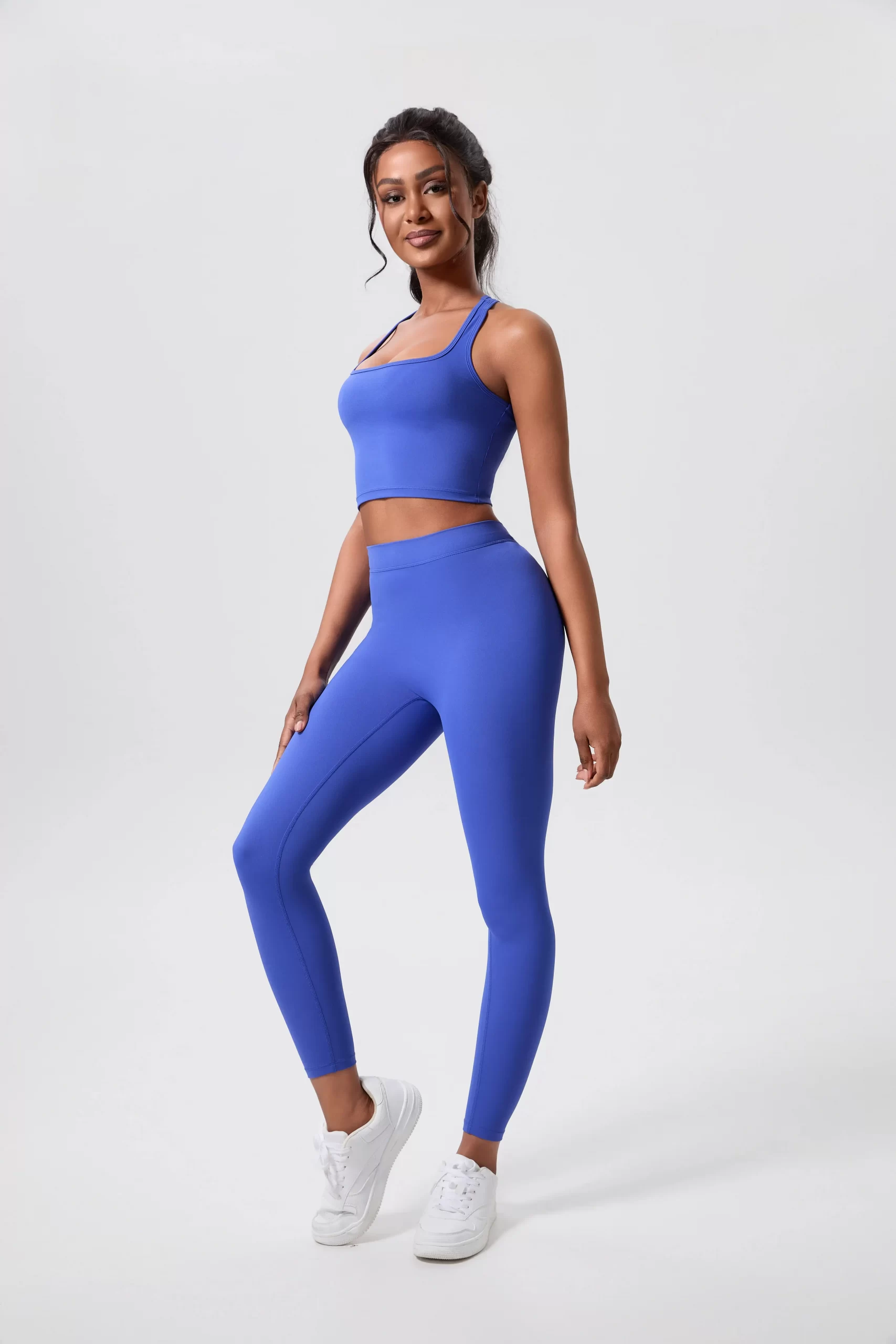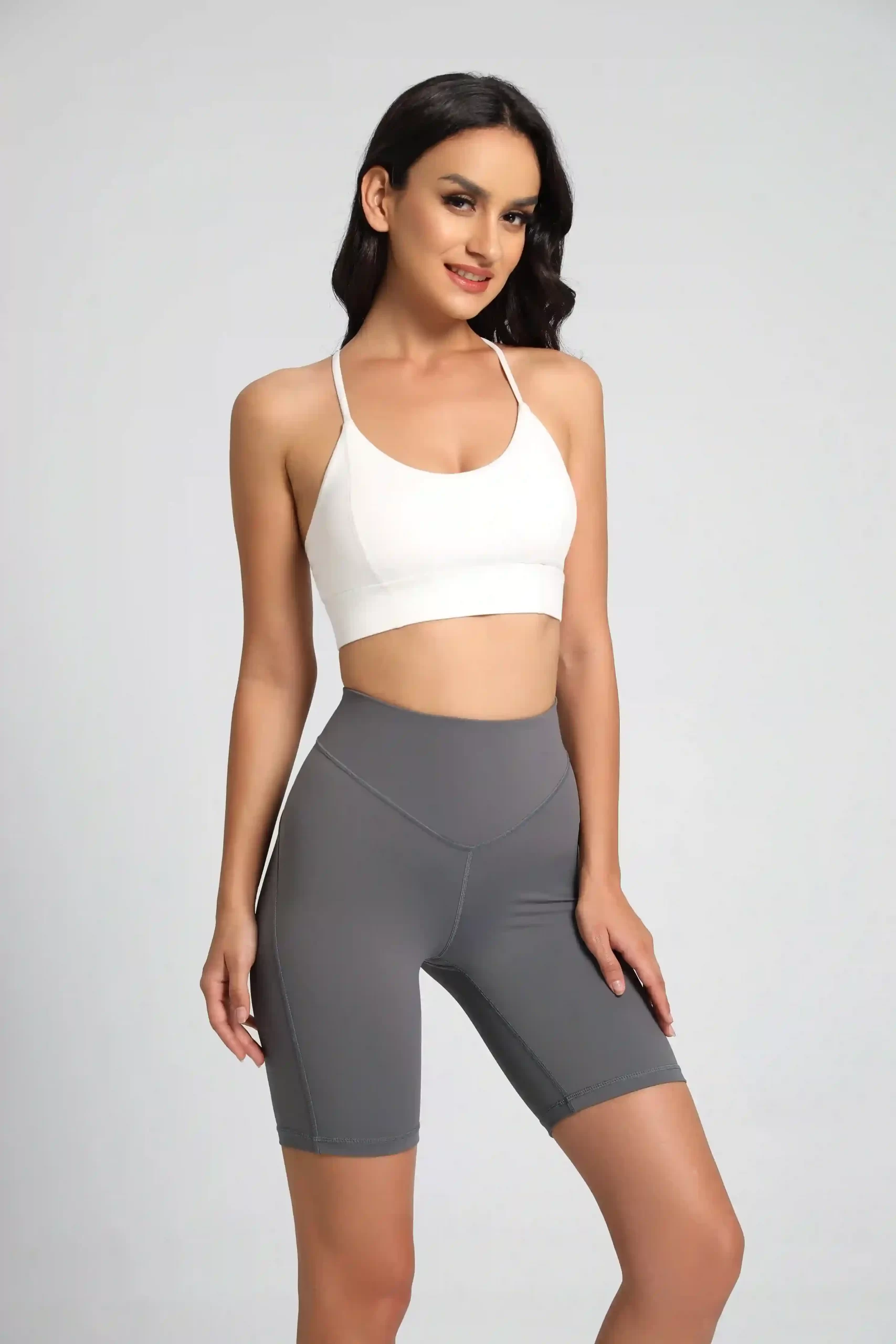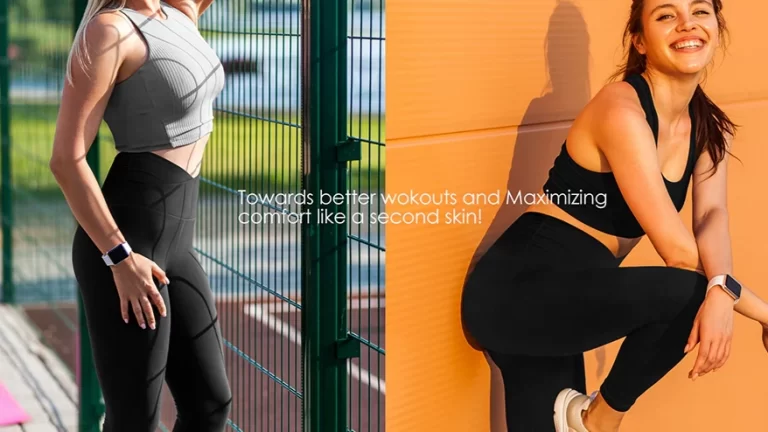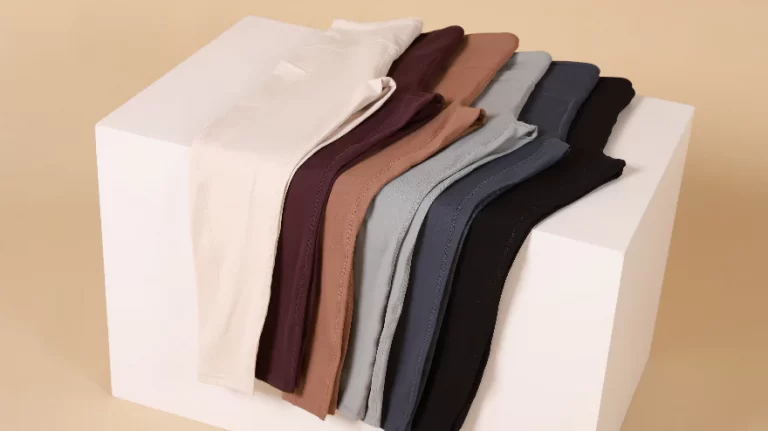When you’re gearing up for a yoga session, one important decision you’ll face is whether to opt for shorts or leggings. Your choice can be influenced by various factors, including personal preferences, weather conditions, and the yoga environment. Let’s compare the differences between shorts and leggings in the context of yoga practice, so you can make an informed decision based on your specific needs.
Why Yoga Clothing Matters
Yoga demands chothing that balances breathbility, support, and adaptability. The wrong choice can lead to distractions like fabric slippage, overheating, or restricted movement. Let’s break down how shorts and leggings meet these needs.
Yoga Leggings: Full Coverage & Targeted Support
Yoga leggings are a staple for yogis prioritizing warmth and muscle support. Here’s why they dominate many practices:
1. High-Waisted Design for Core Stability
Opt for high-waisted yoga leggings for core support, which compress the abdomen gently, improving posture in poses like Boat or Plank. Look for styles with a wide, non-roll waistband.
2. Cold-Weather & Indoor Studio Essential
Ideal for yoga clothes for winter, thermal or brushed leggings retain heat, reducing injury risk during Yin or Restorative yoga. Pair them with grip socks for stability in blance poses.
3. Sweat-Wicking & Compression Techology
Advanced fabrics like moisture-wicking nylon-spandex blends keep skin dry, while light compression aids circulation–perfect for power flows. For eco-conscious choices, explore eco-friendly yoga leggings made from recycled materials.

4. Squat-Proof Confidence
Invest in best squat-proof yoga leggings with opaque, for-way stretch fabric to avoid awkward reveals during inversions like Downward Dog.
Drawbacks: Thick fabric may trap heat in hot yoga; poorly seamed leggings can dig into hips during deep streyches.
Yoga Shorts: Breathability & Dynamic Freedom
Yoga shorts shine in high-heat environments and fast-paced practices. Here’s why they’re a summer favorite:
1. Hot Yoga & Outdoor Seesions
Breathable yoga shorts for hot climates with mesh panels or quick-dry fabrics prevent sweat buildup in Bikram or Vinyasa flows. Pair them with a non-slip yoga mat for safety.
2. Unrestricted Movement
Shorts excel in hip-openers like Pigeon Pose or deep squats. Choose a 5-7-inch inseam to avoid ride-up and ensure modesty.
3. Lightweight & Travel-Friendly
Packable and minimalist, shorts are ideal for summer yoga wardrobe essentials or beachside flows.

Drawbacks: Limited coverage during floor poses (e.g., Cobra Pose); not suitable for cold studios.
Key Factors to Choose Between Shorts & Leggings
1. Match Your Yoga Style
Hot Yoga/Bikram: Prioritize best yoga shorts for hot yoga with moisture-wicking tech.
Yin/Restorative Yoga: Opt for thermal leggings for warmth during long holds.
Ashtanga/Vinyasa: Hybrid outfits like bike shorts under lightweight leggings offer versatility.
2. Fabric Technology Matters
Four-Way Stretch: Essential for leggings in deep stretches (e.g., Warrior lll).
Eco-Friendly Options: Bamboo or Tencel fabrics redue environmental impact.
3. Seasonal Adaptability
Winter Layers: Combine leggings with long-sleeve tops for yoga outfits for winter studios.
Summer Breathability: Choose cropped leggings or shorts with UV protection for outdoor practices.
FAQ: Addressing Common Concerns
Q: Can I wear leggings for hot yoga?
A: Yes! Choose thin, moisture-wicking leggings with mesh panels to stay cool. Avoid cotton, which traps sweat.
Q: Are shorts appropriate for Yin Yoga?
A: They can work in warm environments, but leggings are better for muscle warmth during long holds.
Q: How do I prevent leggings form slipping?
A: Opt for high-rise styles with a wide, elastic waistband and silicone grip strips at the hem.
In the end, the choice between shorts and leggings depends on your personal needs and the specific context of your practice. In warmer seasons, especially for outdoor yoga sessions, shorts may be more appropriate. On the other hand, in colder weather or when extra protection is needed, leggings can be more practical. Regardless of your choice, ensure your yoga attire is comfortable and fits well, facilitating the achievement of physical and mental balance during your practice. Whichever attire you opt for, the most important thing is to stay focused on your yoga practice and savor every moment.



